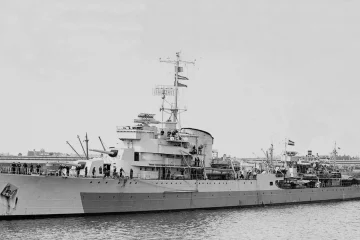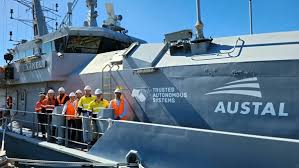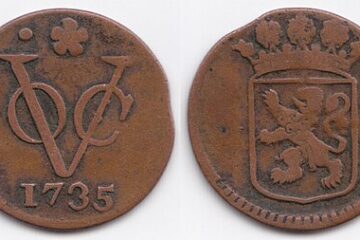N.E.I. ARTEFACT FOUND IN QUEENSLAND by Jack Ford
Recently, Jack Ford was at Hervey Bay and he visited the nearby city of Maryborough. He visited the Town Hall building that was built in 1908 and he was surprised to find an old Dutch naval cannon mounted outside that building’s entrance.
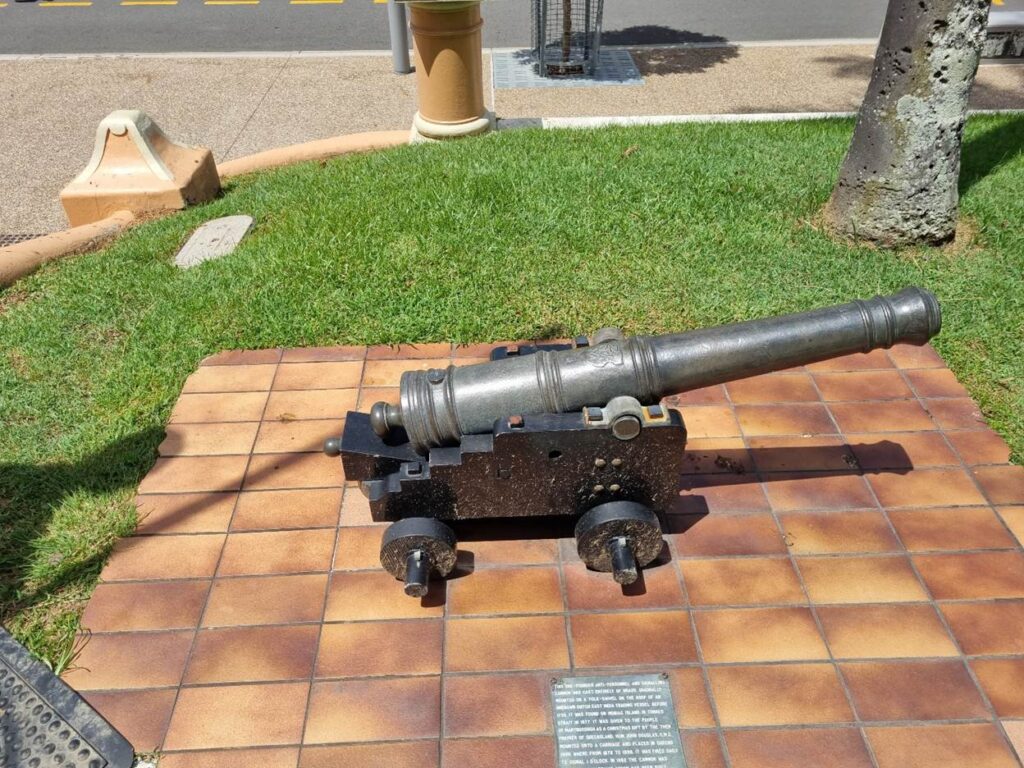
This cannon is a relic from the United Dutch Chartered East India Company (Vereenigde Nederlandsche Geoctroyeerde Oostindische Compagnie or VOC) that operated in the various islands of what was known as the East Indies (now Indonesia) from 1603 to 1799. The company was granted its charter in 1602. The cannon’s brass barrel is decorated atop with the VOC logo that is, possibly, the first internationally recognised corporate logo. Thus the cannon barrel is at least 266 years old, as the last year of possible casting would have been 1799, when the near-bankrupt VOC did not have its charter renewed on 31 December of that year. While the cannon’s company logo displays the standard oVc lettering, it is unusual as that VOC company is mounted on a battle shield, with the letter ‘Z’ above and with the letter ‘M’ below. It is unclear as to the identity of the, possibly, five-fingered stamp that can been seen beneath the VOC shield.
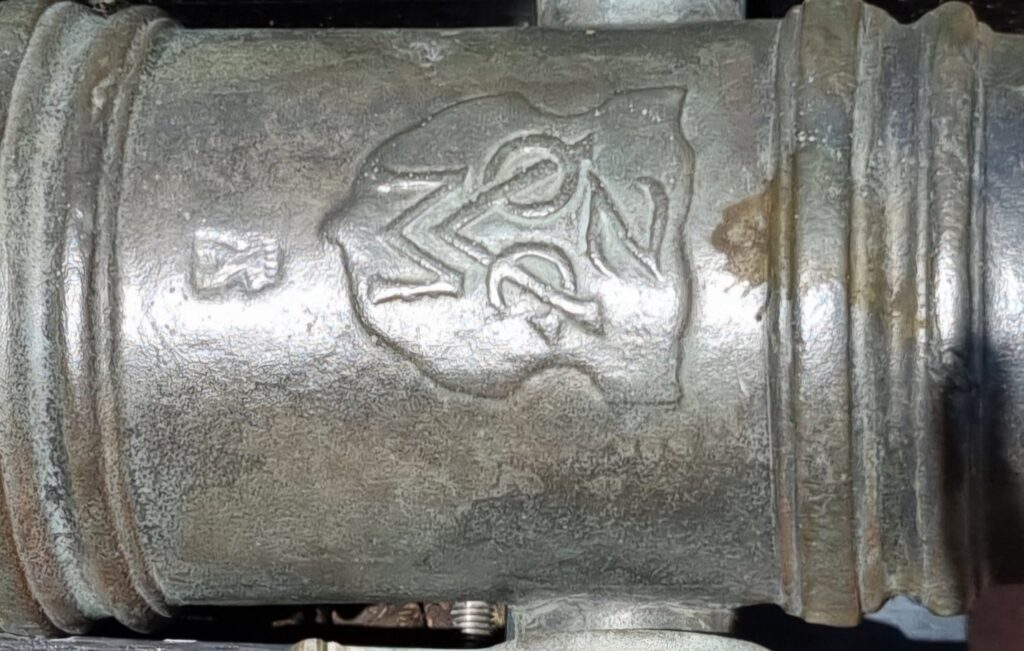
This weapon was primarily used as a signal gun on VOC trading ships. It was emplaced on a hook-swivel atop the railing of the wheelhouse, upper deck. But this one pounder cannon could also be employed to defend against attacks from boarding parties, such as by local pirates. The identity of its parent vessel and how or why it was dumped ashore, remains a mystery.
On the grass, beside the gun and carriage, is a c1982 brass plaque that explains the Australian history of this VOC relic. This barrel was found, abandoned, on Mobiag (Mabuiag?) Island, part of the Torres Strait group, in the then colony of Queensland, in 1877. The then Premier (8 March 1877 – 21 January 1879) of the colony, John Douglas C.M.G. presented the dismounted cannon as a Christmas gift to the people of Maryborough at the end of 1877. The barrel was refurbished and remounted on a locally manufactured gun carriage. Then it was positioned in Queens Park, where it again, was used as a signal gun. It was used as a timepiece to be fired at 1 pm each day and it continued this use for twenty years (1878-1898). Sourcing original VOC design plans, a more accurate naval gun carriage was made and attached to the old barrel in 1982.
Dr Jack Ford is also the author of Allies in a Bind
